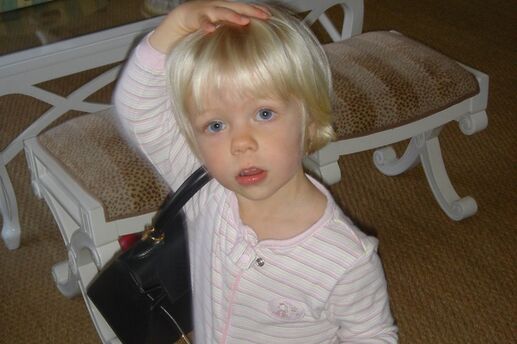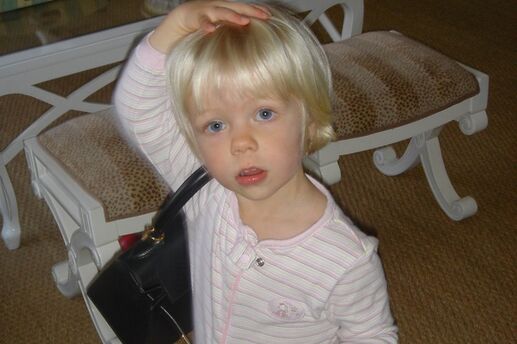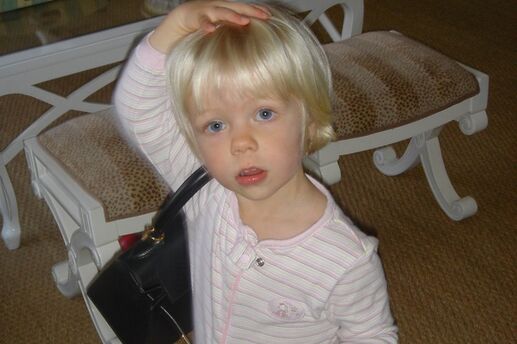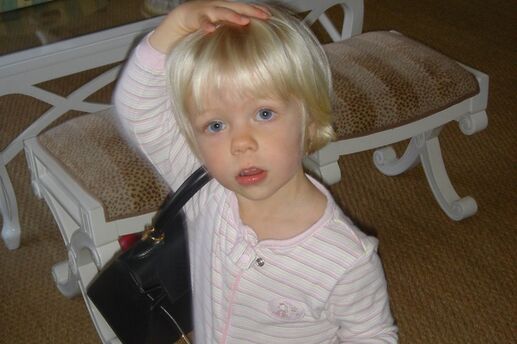Baby Care Basics: 2 to 3 Months
One of the most fundamental baby care basics to master has to be the art -- yes, art -- of diaper changing. Your young baby has surely produced a fair amount of dirty diapers already, and you may be looking for ways to streamline or improve the diapering process. Give these mom-tested tricks a try and before you know it you’ll be a champion of changing.
Prep makes perfect.
Set the stage -- or shall we say changing surface -- before you involve your baby. Gather everything you'll need: a fresh, wipes, and something to hold the dirty diaper. Minimize the time your baby will have to be uncomfortable by keeping all the necessary changing goods close at hand.
Go double duty.
A great trick some moms use to catch any unexpected spillage is to place a clean underneath their baby before removing the dirty one. Any ways to eliminate extra messes are always good to consider.
Chat him up.
Tell your baby what you’re doing – hearing your voice will keep him calm and help distract him from what’s happening. Changing time can actually be great bonding time too. Instead of thinking of diaper changes as something to plow through, slow down just a touch. You’ll be surprised how much simpler the whole task becomes.
Make it fun.
Entertain your baby while putting on a fresh diaper by placing something eye catching near his changing spot. A colorful toy, or one that sparkles or sings, makes for a good option.
Now you’ll be more than ready to take on the next diaper change. With these smart strategies in place, you'll be able to make diaper duty enjoyable for both you and your baby.






